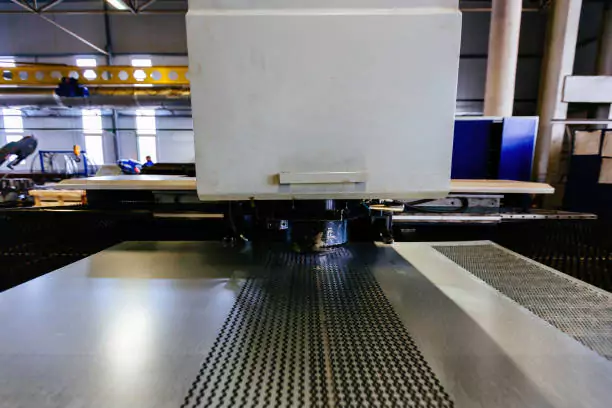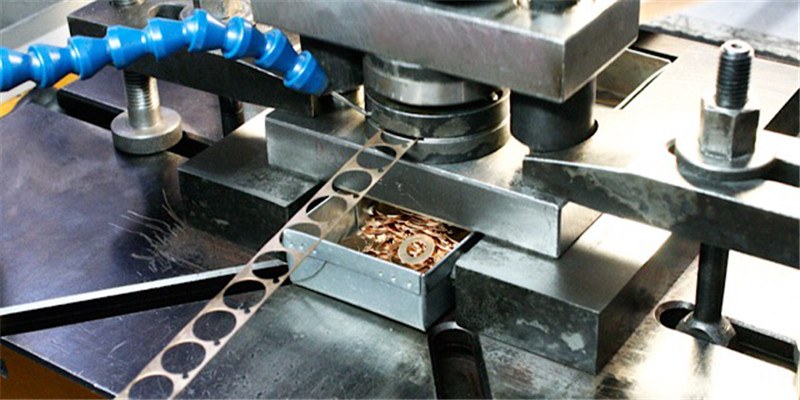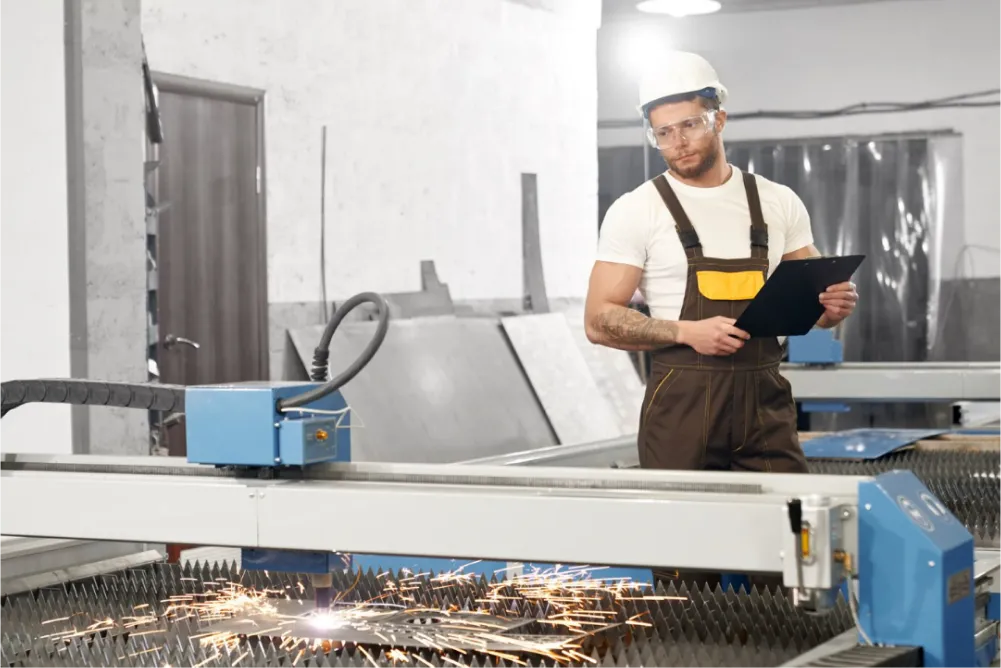The metal stamping production process plays a crucial role in the manufacturing industry, allowing for the efficient creation of a wide variety of metal components. Whether you’re a seasoned professional or new to the field, understanding this process is vital. In this article, we’ll delve into the key aspects of metal stamping, exploring its significance, techniques, and applications.

What is Metal Stamping?
Metal stamping is a manufacturing process that uses dies and high-pressure presses to shape metal sheets into desired forms. This technique is widely used to produce components for industries such as automotive, aerospace, and electronics. The process involves various steps, each contributing to the final product’s precision and quality.
The Significance of Metal Stamping in Manufacturing
The metal stamping production process is essential due to its ability to produce intricate parts with high accuracy and efficiency. This method reduces material waste and ensures consistency across large production runs. As such, it is a preferred choice for manufacturers aiming to meet high-demand requirements while maintaining quality.
Key Steps in the Metal Stamping Process
1. Design and Prototyping
The process begins with designing a prototype of the desired part. Engineers use computer-aided design (CAD) software to create detailed blueprints, ensuring precision in every detail. Prototyping allows for testing and refining the design before full-scale production.
2. Selecting the Right Material
Choosing the appropriate material is critical in the metal stamping production process. Factors such as strength, ductility, and corrosion resistance dictate the material selection. Commonly used metals include steel, aluminum, and copper, each offering unique properties suited to specific applications.
3. Creating the Die
The die is a custom-made tool that shapes the metal sheet. It is crafted with precision to match the design specifications. The quality of the die directly impacts the accuracy and efficiency of the stamping process.
4. Stamping the Metal
Once the die is ready, the metal sheet is fed into a stamping press. The press exerts substantial force, shaping the metal into the desired form. This step may involve multiple stages, including punching, bending, and embossing, to achieve the final product.
5. Quality Control and Inspection
Quality control is integral to the metal stamping production process. Each component undergoes rigorous inspection to ensure it meets the required specifications. Advanced technologies like automated vision systems and laser measurement tools are employed to detect defects and maintain consistency.
Applications of Metal Stamping
Metal stamping is used in various industries to manufacture components such as automotive parts, electronic connectors, and household appliances. Its versatility and precision make it indispensable in producing complex and high-volume parts.
Advantages of Metal Stamping
Understanding the benefits of this process helps appreciate its role in modern manufacturing:
1. Cost Efficiency
Due to its ability to produce large quantities of parts quickly, metal stamping is cost-effective and minimizes material waste.
2. Precision and Consistency
The use of advanced machinery ensures high precision and consistency in every component, reducing the need for post-production adjustments.
3. Versatility
Metal stamping can accommodate different metals and create intricate designs, making it suitable for a wide range of applications.
4. Speed and Efficiency
The automation in the metal stamping production process allows for quick production cycles, meeting tight deadlines and high demand.
Challenges in Metal Stamping
Despite its advantages, the process poses challenges such as tool wear, material selection, and maintaining precision. Ongoing research and development aim to address these issues and improve the process further.
Innovations in Metal Stamping
Technological advancements are driving innovations in metal stamping. Techniques like servo-driven presses and computer-controlled systems enhance efficiency and precision, paving the way for future developments.
Conclusion
The metal stamping production process remains a cornerstone of modern manufacturing, offering unparalleled precision and efficiency. As industries evolve, so does the process, adapting to new challenges and opportunities. By understanding this process’s intricacies, manufacturers can leverage its advantages to produce high-quality components that meet the demands of a dynamic market.

Frequently Asked Questions
1. What materials are commonly used in metal stamping?
Common materials include steel, aluminum, and copper, each chosen based on the required properties for the specific application.
2. How does metal stamping differ from other manufacturing processes?
Metal stamping specializes in high-volume production with high precision, unlike processes such as casting or machining, which may be better for low-volume or more intricate parts.
3. What industries rely on metal stamping?
Industries such as automotive, aerospace, electronics, and consumer goods heavily rely on metal stamping for producing various components.
For more detailed information on metal stamping, you can visit Stamping (metalworking) on Wikipedia.
This article contains affiliate links. We may earn a commission at no extra cost to you.

